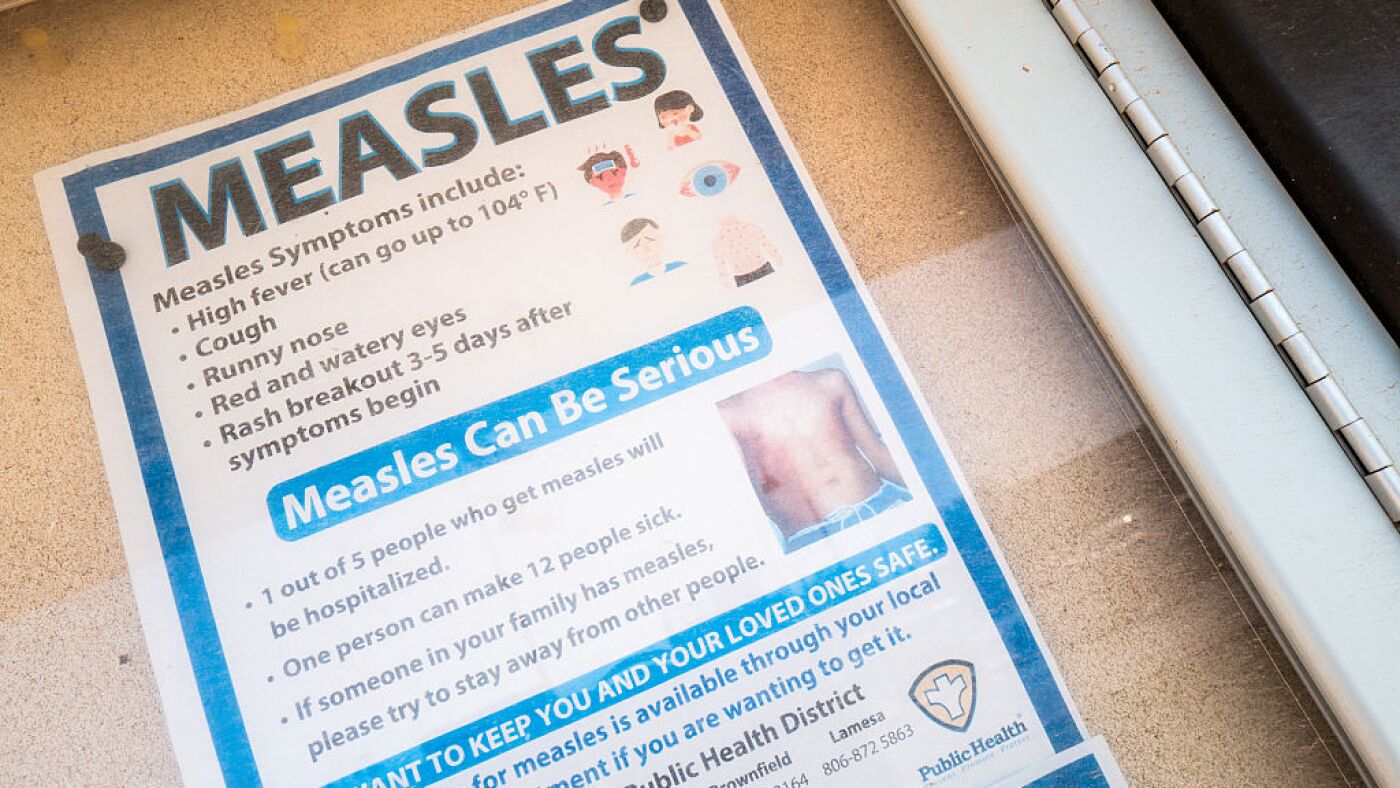The Measles Outbreak in the United States: A Wake-Up Call
The United States declared measles eliminated in 2000, a triumph of public health. Yet, recent data from the Centers for Disease Control and Prevention (CDC) reveals a troubling resurgence, with 1,001 cases reported, the second-highest in 25 years. This is not just a statistic; it’s a wake-up call, signaling the fragility of our progress and the urgent need for action.
The Resurgence: A Disturbing Trend
Measles, a highly contagious viral infection, was once a common childhood disease. Before the vaccine, the U.S. saw 3 to 4 million cases annually, with tens of thousands of hospitalizations and hundreds of deaths. The vaccine dramatically reduced these numbers, leading to the disease’s elimination in 2000. However, recent outbreaks, particularly in 2019 and now in 2025, have shattered this progress.
The current outbreak, with 1,001 cases, is a stark reminder of measles’ tenacity. The majority of cases are in Texas, with 505 reported, including two tragic deaths of unvaccinated elementary school-aged children. This is not an isolated incident. Globally, measles cases are surging, with over 13,000 cases reported in the European Union in the first half of 2025 alone.
The Vulnerable: Who’s at Risk?
The measles outbreak has disproportionately affected younger populations. About 80% of cases are under 19, with nearly 40% under 5. This demographic vulnerability underscores the importance of vaccination. The MMR (measles, mumps, and rubella) vaccine is highly effective, but its success relies on widespread coverage.
Vulnerable populations include:
– Unvaccinated individuals: Those who have not received the MMR vaccine are at the highest risk.
– Young children: Infants under 1 year old are too young to receive the vaccine and rely on herd immunity for protection.
– Communities with low vaccination rates: Areas with lower vaccination coverage are more susceptible to outbreaks.
– Travelers: Individuals traveling to areas with active measles transmission can bring the disease back to the U.S.
The Response: Public Health in Action
The CDC and state health departments are actively monitoring and responding to the outbreak. They provide weekly updates, informing public health interventions and guiding vaccination efforts. In Texas, 91 patients have been hospitalized, highlighting the disease’s severity.
Public health officials stress that vaccination is the best defense against measles. High-risk areas and vulnerable populations should prioritize vaccination to contain the outbreak and prevent future ones.
The Global Context: A Shared Challenge
The U.S. outbreak is part of a broader global trend. As of April 2025, the World Health Organization (WHO) reported 2,318 measles cases in six countries within the WHO Region of the Americas, an 11-fold increase compared to 2024. Most cases occurred among individuals aged 1 to 29, indicating a need for targeted vaccination campaigns.
This global perspective underscores the interconnectedness of public health. Measles anywhere is a threat everywhere. International cooperation and sustained vaccination efforts are crucial to maintaining the elimination status of measles.
The Path Forward: Prioritizing Prevention
The measles resurgence serves as a stark reminder of the importance of vaccination. The current outbreak, with 1,001 confirmed cases, underscores the vulnerability of unvaccinated populations and the need for robust public health interventions.
To prevent further outbreaks, we must:
– Prioritize vaccination: Ensure high vaccination coverage, particularly among high-risk groups.
– Strengthen public health infrastructure: Invest in surveillance, response, and vaccination programs.
– Promote vaccine confidence: Address vaccine hesitancy through education and open dialogue.
– Maintain global vigilance: Collaborate internationally to prevent and respond to measles outbreaks.
The lessons from the past and the current trends are clear. We must remain vigilant, proactive, and committed to protecting public health. The fight against measles is not over. It’s a battle we must continue to wage, armed with knowledge, determination, and the power of vaccination. The path forward is clear: prioritize prevention, protect the vulnerable, and preserve the progress we’ve made. The future of public health depends on it.

